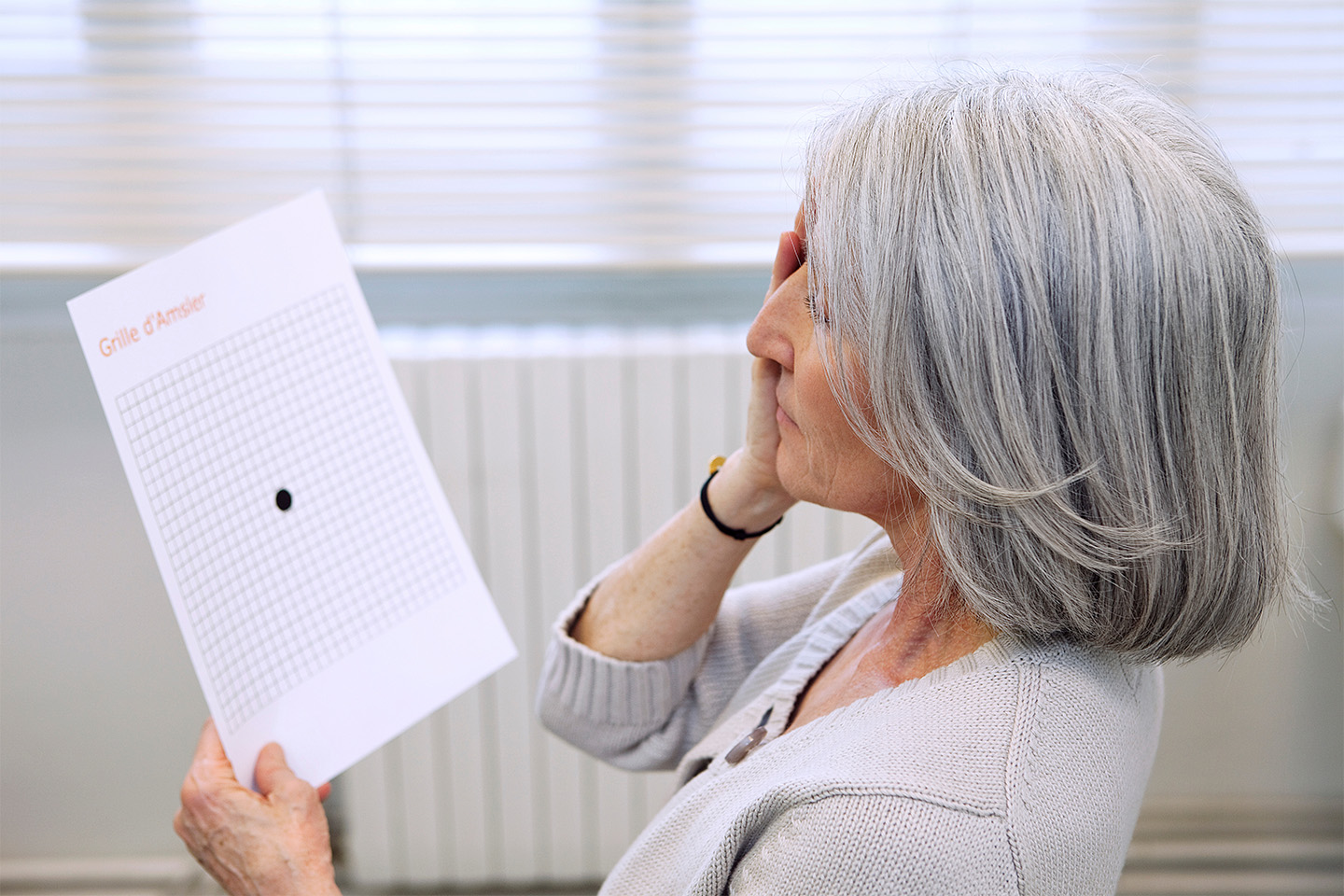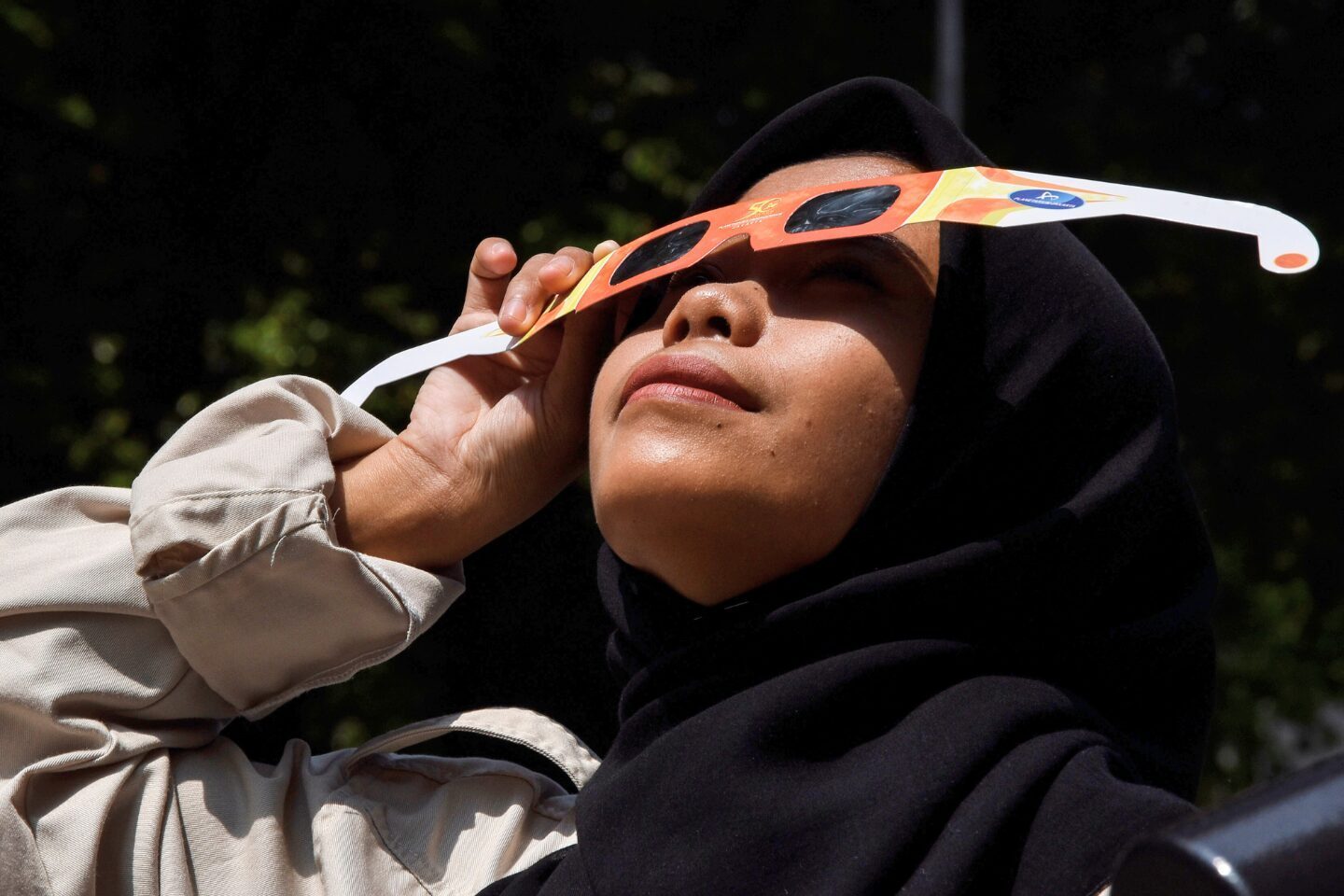What You Need to Look for in Sunglasses for Eye Protection

It may feel like summer is winding down, but we’ve still got plenty of sunny days ahead. Protecting your and your family’s eyes from harmful UV rays can prevent vision problems now and down the road. The best preventative method is a pair of sunglasses. However, not all lenses are created equal.
Continue reading to learn how to pick the right pair of glasses for each family member.
How Sun Damage Affects the Eyes
In the short term, extreme UV damage can cause corneal sunburn, also known as keratitis. You may experience redness, pain, tearing, and other mild symptoms while your eye heals.
Excessive sun exposure can also cause a growth on the white of the eye, known as a pterygium. Mild cases are associated with dryness, itching, watering, and a gritty feeling. These can become inflamed and require medicated eye drops. In more severe cases, they can spread to the cornea and affect vision and may require surgical removal.
With prolonged or frequent UV exposure over the years, your risk for cataracts and macular degeneration grows. These conditions are very common causes of vision loss among older adults. Fortunately, they progress slowly, giving you plenty of time to catch them with regular comprehensive eye exams. With swift treatment from the eye doctors in greater Dallas, you can avoid severe damage and vision loss that requires costly treatments.
Best Sunglasses Checklist
1. 100% UV Protection
Always look for a label or tag that your sunglasses block at least 100% of UV rays. Some glasses may list “UV400,” which describes 100% UV protection against both UVA and UVB rays.
If there is no clear information regarding the protective properties, you should pass on that pair and pick another. Remember: price, color, and lens darkness do not impact the ability to block UV rays.
2. Block Out Enough Light
While your sunglasses don’t need to have the darkest tint available, they should still block out about 75-90% of light. You can test the tint by wearing them in front of the mirror and checking if you can see your eyes through the lenses.
3. More Coverage
When it comes to sunglasses, the more coverage, the better. Oversized or wraparound sunglasses can reduce the amount of sun rays entering from the top or sides of the eyes.
4. Polarized Lenses
Polarized lenses help reduce glare reflected off surfaces like water, metal, and pavement. These lenses may be most beneficial if you go boating, drive frequently, or spend lots of time out in the snow. Keep in mind that these lenses do not offer increased protection from UV rays.
5. Color
Again, the color of your lenses does not affect UV protection. However, amber, gray, or green lenses add contrast to your vision and can be helpful for baseball players, golfers, and other athletes.
6. Reasonable Prices
A quality pair of sunglasses doesn’t have to necessarily cost an arm and a leg. Inexpensive lenses that provide 100% UV protection may be a better option than more expensive glasses.
Sunglasses come in all styles and colors, so you can find the perfect pair while meeting all these criteria. If you have a refractive error and require corrective eyewear, you may benefit from prescription or transition lenses. After your annual eye exam at Kleiman Evangelista Eye Centers, you can use your new prescription to buy a pair of sunglasses from an optical of your choice.
If you want the freedom to wear any pair of sunglasses you please, cataract and LASIK surgery in Dallas may be a better solution. We provide a permanent solution for refractive errors so that you can live a life free from corrective eyewear in your favorite sunnies.









